Croatia
Croatia is a major tourism destination in Europe. Tourism is a major industry in Croatia. In 2015 it had over 12 million tourists and 90 million overnight stays. Croatia aims to double these numbers by 2020 with national strategy to bring in 17.5 million foreign tourist and revenue from tourism exceeding $17 billion.
Tourism in Croatia is concentrated in the areas along the Adriatic coast and is strongly seasonal, peaking in July and August. Eight areas in the country have been designated national parks, and the landscape in these areas is afforded extra protection from development. Several companies run flotillas of yachts along different stretches of the coastline, which is also popular with divers. Lonely Planet named Croatia as the top pick destination for 2005, while National Geographic Adventure Magazine named Croatia as Destination of the Year in 2006.
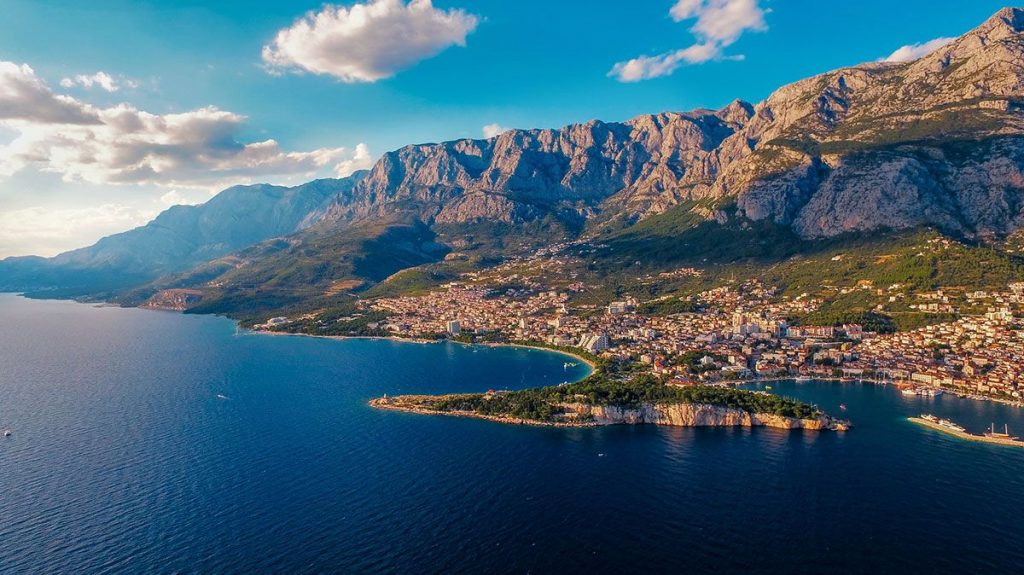
Croatia is a member state of the European Union and EU visa requirements apply. Visa requirements: citizens of all GCC countries require a visa except the UAE. Holders of valid multiple entry Schengen visas do not require visas for Croatia. Here is the info for all countries: https://en.wikipedia.org/wiki/Visa_policy_of_the_Schengen_Area.
Regions
The Croatian National Tourist Board has divided Croatia into six distinct tourist regions:
- Istria – the peninsula in Adriatic sea, westernmost part of the country and northernmost part of the Croatian coast. Most famous sites are: the city of Poreč with UNESCO-protected Euphrasian Basilica; the region’s largest city Pula with one of the best preserved Roman Amphitheaters in the world; beautiful town of Rovinj located on a former island later connected to the mainland; hilltop interior medieval village of Motovun, an artist colony, is on UNESCO’s tentative list of World Heritage Sites.

- Kvarner & Highlands – central part of Croatian Adriatic coast with the mountainous highlands in the backdrop. Attractions include: Opatija – the oldest tourist resort in Croatia; the former Venetian island towns of Rab and Lošinj; popular scenic tourist destinations; the interior regions Gorski kotar, Velebit and Lika with mountain peaks, forests and fields, many animal species including bears, and the national parks of Risnjak and Plitvice Lakes.
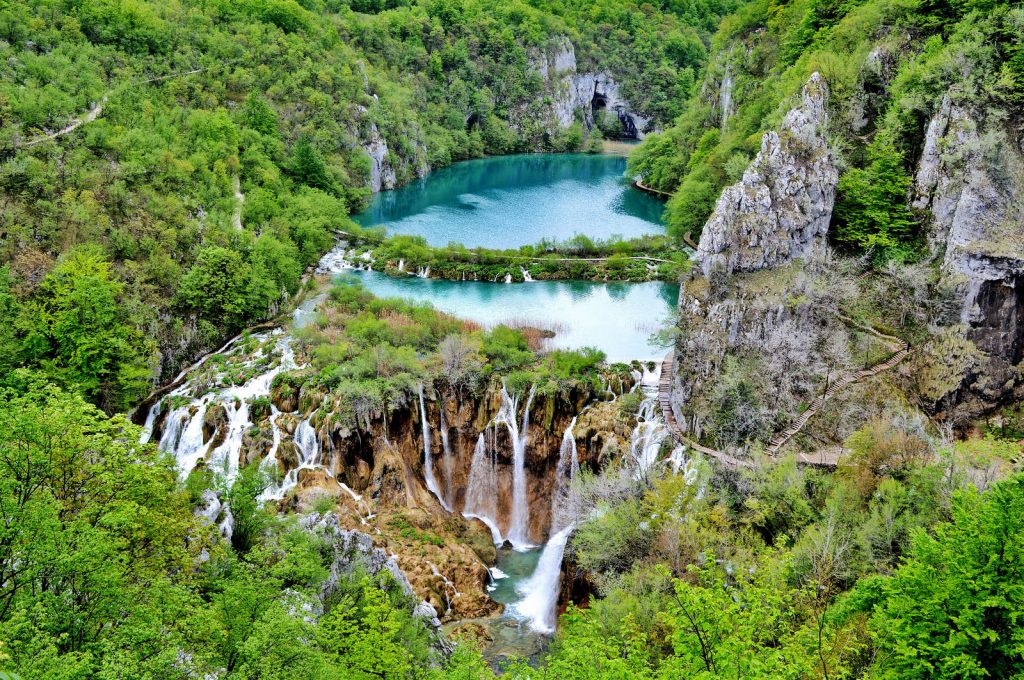
- Dalmatia – the most famous and visited part of the country, the southernmost part of its Adriatic coast. This region includes such gems as:
- Kornati National Park with hundreds of mostly uninhabited islands
- Paklenica National Park with the Paklenica canyon as the main attraction
- Island of Pag, one of the biggest party zones in Europe
- Krka National Park with waterfalls and religious monasteries
- Ancient town of Zadar
- Šibenik (with Cathedral of St. James, a UNESCO World Heritage site)
- Split (with UNESCO-protected Diocletian’s Palace)
- Trogir (the old city of Trogir is a UNESCO World Heritage Site)
- World-famous Dubrovnik (also a UNESCO World Heritage Site)
- Gorgeous islands of Hvar, Brač, Čiovo, Šolta, Vis, historic island of Korčula, the birthplace of Marco Polo
- National Park island of Mljet.

- Central Croatia – this region, with the hilly area of Zagorje, is dotted with castles and spas, and the old city of Varaždin. Varaždin, with its monuments and artistic heritage, represents the best preserved and richest urban complex in continental Croatia.
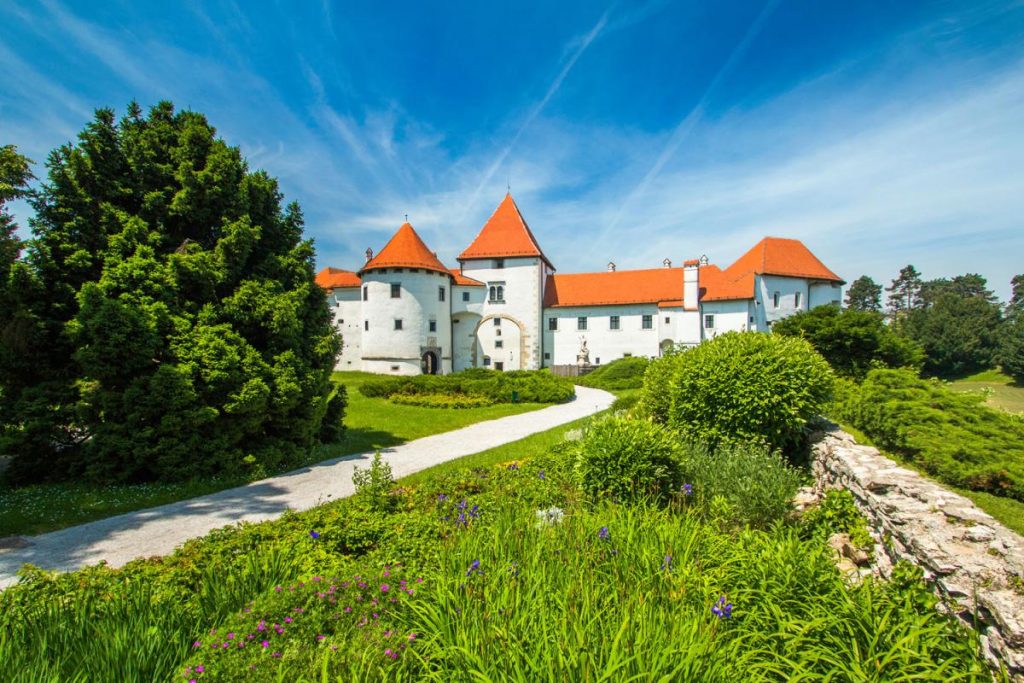
- Slavonia – hosting one of the largest and most attractive preserved intact wetlands in Europe, the nature park of Kopački rit; The cultural center is the historical city of Osijek, with its baroque style buildings, such as the Church of St. Peter and Paul.
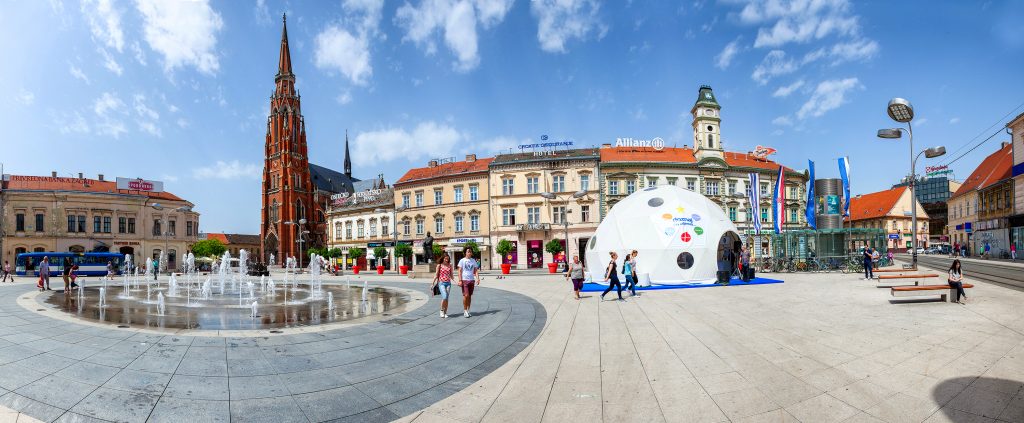
- Zagreb – the capital of Croatia, with a large and well-preserved old town on the hill and a 19th-century city center. The historical part of the city is composed of the Gornji Grad and Kaptol, a medieval urban complex of churches, palaces, museums, galleries and government buildings that are popular with tourists on sightseeing tours.
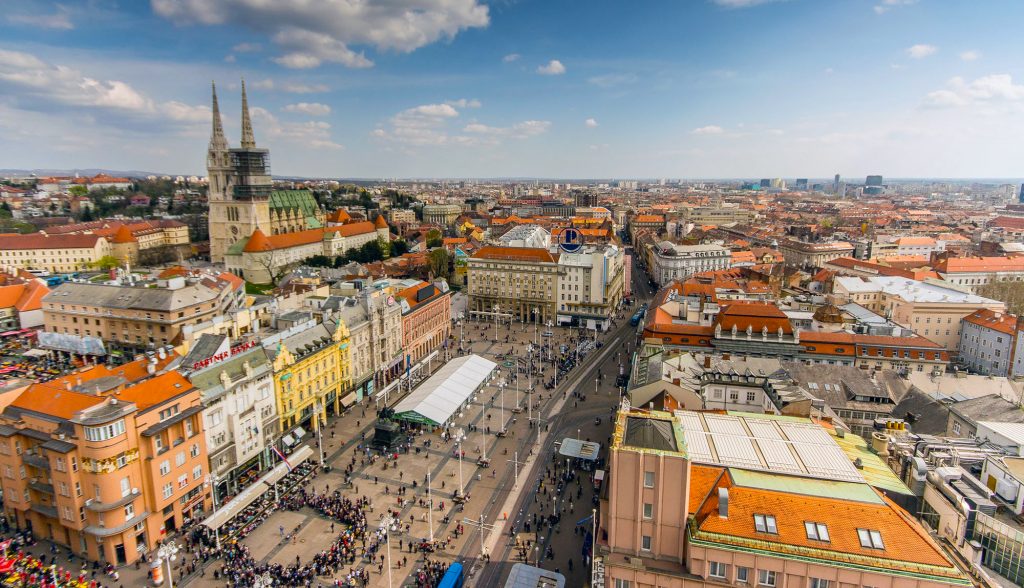
Designated Areas
Eight areas are designated national parks and seven locations are designated UNESCO’s World Heritage Sites. There are eleven nature parks and eighty additional areas are declared special reserves in Croatia. All this in a country smaller than the U.S. state of West Virginia.
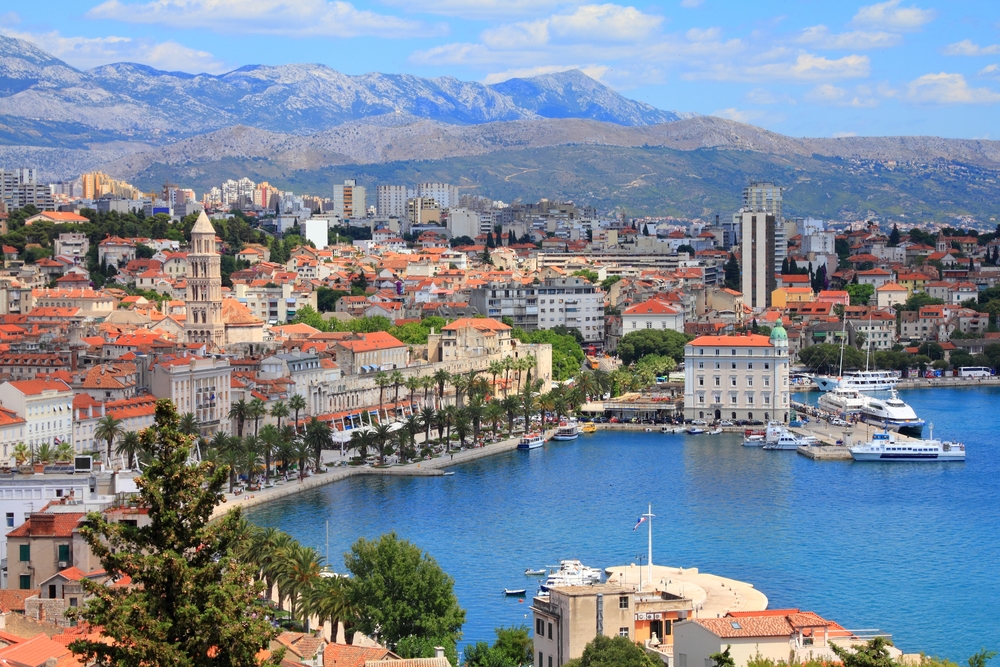
Distances from Bosnia & Herzegovina
Croatia is known for its splendid natural beauties and rich history reflected in architecture. Most of Croatian attractions are located only within a few hours drive from Bosnia & Herzegovina. The most significant attractions with distances are:
- Plitvice Lakes National Park & UNESCO World Heritage Site (1 hr from Bihac)
- Dubrovnik UNESCO World Heritage Site (1 hr from Trebinje)
- Ston – Tentative World Heritage SIte (1 hr from Trebinje)
- Split UNESCO World Heritage Site (1.5 hrs from Livno)
- Krka National Park (2 hrs from Livno)
- Paklenica National Park (2 hrs from Bihac)
- Mljet National Park (2.5 hrs from Neum: car + boat)
- North Velebit National Park (2.5 hrs from Bihac)
- Risnjak National Park (2.5 hrs from Bihac)
- Brijuni National Park (5 hrs from Bihac: car + boat)
- Kornati National Park (5 hrs from Livno: car + boat)
- Euphrasian Basilica Porec UNESCO World Heritage Site (4 hrs from Bihac)
- City of Motovun – Tentative World Heritage SIte (4 hrs from Bihac)
- Trogir UNESCO World Heritage Site (2 hrs from Livno)
- Sibenik Cathedral UNESCO World Heritage Site (2 hrs from Livno)
- Zadar – Tentative World Heritage SIte (3 hrs from Livno)
- Stari Grad Plain Hvar UNESCO World Heritage Site (4 hrs from Mostar: car + boat)
- Korcula Island – Tentative World Heritage SIte (4 hrs from Mostar: car + boat)
- Pula (4 hrs from Bihac)
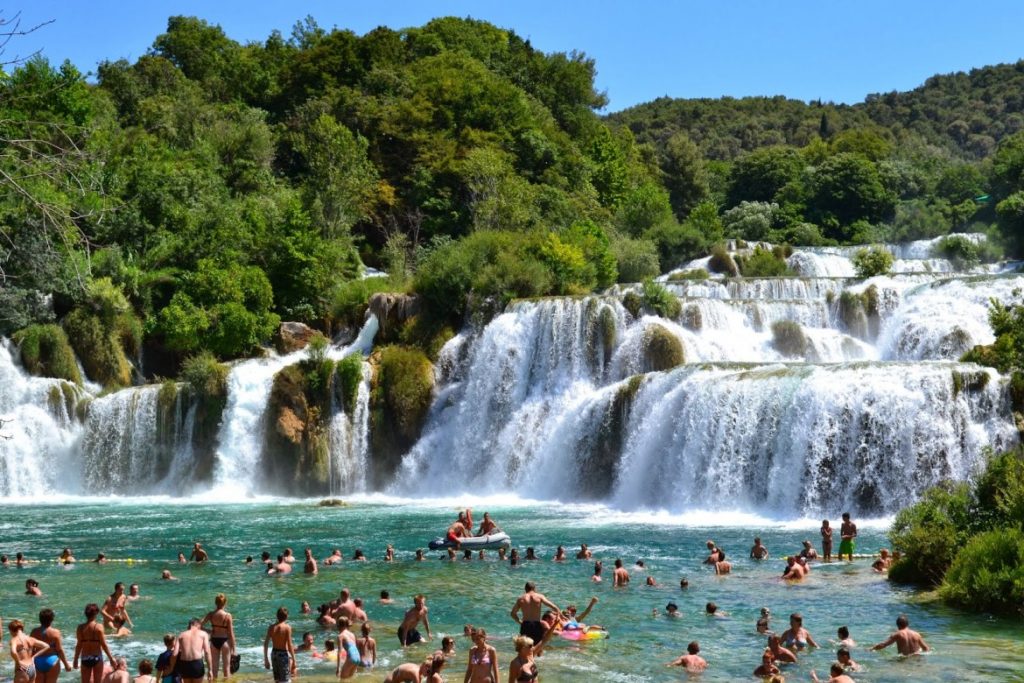
Fun Facts
Croatians invented the necktie, or kravata in Croatian. During the Thirty Years’ War in the 17th century, the traditional small, knotted neckerchiefs worn by Croatian mercenaries aroused the interest of Parisians who for some reason immediately took to the new fashion accessory. The term for this new trend comes from a commingling of words for Croatians, the French and the Croatian to form the word cravat, thus kravata. Later French aristocracy took an interest in the tie, which of course meant everyone else did as well.
Links:
Tourism in Croatia (Wikipedia) – https://en.wikipedia.org/wiki/Tourism_in_Croatia
Croatia Tourism Board – http://croatia.hr/en-GB
Contact your Bosnia4u specialist for more info and further assistance.
Dubrovnik is widely considered the pearl of the Mediterranean…



Comments are closed.